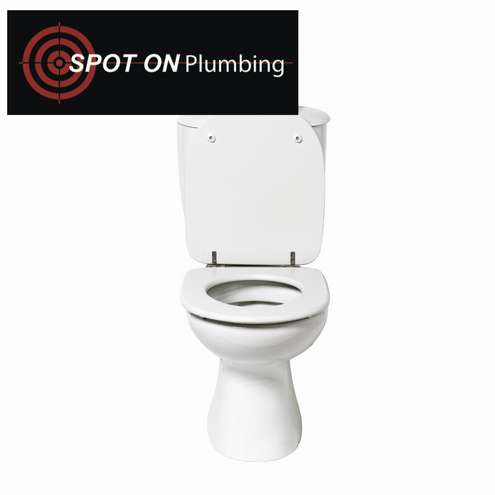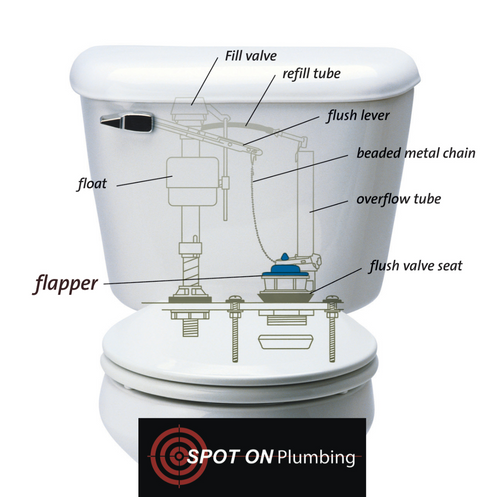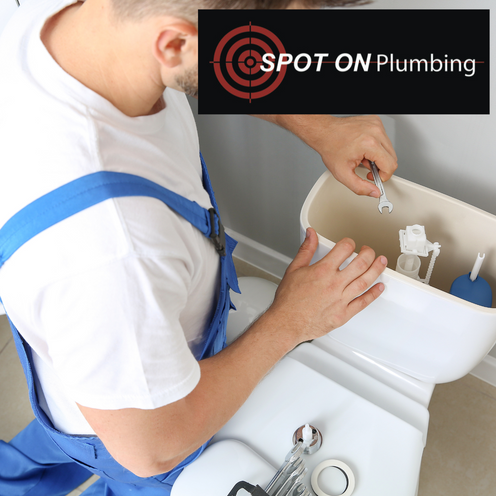A malfunctioning toilet can be a major inconvenience, but it doesn't always require a professional plumber to fix it. With a few simple tools and some basic knowledge, you can tackle some common toilet repairs on your own. In this article, we'll discuss some simple DIY toilet repairs that you can do today to save time and money.

Simple DIY Toilet Repairs You Can Do Today
Mitchell Coates
Why DIY Toilet Repairs?
Hiring a professional plumber can be expensive, and sometimes it's not necessary for minor toilet repairs. By learning some basic plumbing tips and techniques, you can save money and time by fixing your toilet yourself. Plus, it can be a satisfying feeling to successfully repair something on your own.
Save Money on Emergency Plumber Services
One of the main reasons people choose to do DIY toilet repairs is to save money. Hiring a plumber can cost hundreds of dollars, and for simple repairs, it may not be worth the expense. By learning how to fix common toilet issues yourself, you can save money and use it for other household expenses.
Convenience and Time-Saving
Another benefit of DIY toilet repairs is the convenience and time-saving aspect. You don't have to wait for a plumber to come to your house and schedule an appointment. Instead, you can fix the issue right away and get your toilet back in working order. This is especially helpful if you only have one bathroom in your home.
Gain Basic Tulsa Plumbing Knowledge
By learning how to fix your toilet, you'll also gain some basic plumbing knowledge that can come in handy for future repairs. You'll become more familiar with the inner workings of your toilet and be able to troubleshoot issues more effectively. This can save you time and money in the long run.

Common Toilet Repairs You Can Do Yourself
Here are some simple DIY toilet repairs that you can do today with just a few tools and some basic knowledge.
Fixing a Running Toilet
A running toilet is not only annoying, but it can also waste a significant amount of water and increase your water bill. The most common cause of a running toilet is a faulty flapper valve. To fix this issue, follow these steps:
Turn off the water supply to the toilet by turning the valve behind the toilet clockwise.
Remove the lid from the toilet tank and locate the flapper valve.
Check the flapper valve for any damage or debris. If it's damaged, replace it with a new one.
If there is debris preventing the flapper valve from closing properly, clean it off and reattach it.
Turn the water supply back on and flush the toilet to test if the issue is resolved.
Unclogging a Toilet
A clogged toilet is a common issue that can be easily fixed with a plunger. Here's how to unclog a toilet:
Place the plunger over the drain hole at the bottom of the toilet bowl.
Push down and pull up on the plunger to create suction.
Repeat this motion until the clog is cleared and the water drains out.
Flush the toilet to ensure the clog is completely cleared.
If the plunger doesn't work, you can also try using a plumbing snake to remove the clog. Insert the snake into the drain hole and twist it until you feel the clog break up. Then, flush the toilet to clear the clog.
Replacing a Toilet Handle
If your toilet handle is loose or not working properly, it may need to be replaced. Here's how to do it:
Turn off the water supply to the toilet.
Remove the lid from the toilet tank and locate the handle.
Unscrew the nut holding the handle in place and remove the old handle.
Install the new handle and tighten the nut.
Turn the water supply back on and test the handle to ensure it's working properly.
Fixing a Leaky Toilet
A leaky toilet can waste a significant amount of water and increase your water bill. To fix a leaky toilet, follow these steps:
Turn off the water supply to the toilet.
Remove the lid from the toilet tank and locate the source of the leak.
If the leak is coming from the tank, check the bolts and gaskets for any damage or wear. Replace them if necessary.
If the leak is coming from the base of the toilet, the wax ring may need to be replaced. This is a more advanced repair and may require the help of a professional plumber.
Turn the water supply back on and check for any leaks.
Tips for Maintaining Your Toilet
To prevent future toilet issues, it's important to properly maintain your toilet. Here are some tips for keeping your toilet in good working condition:
Regularly Clean Your Toilet
Regularly cleaning your toilet can help prevent clogs and keep it in good condition. Use a toilet brush and cleaner to clean the inside of the bowl and a disinfectant spray to clean the outside of the toilet.
Don't Flush Non-Flushable Items
Toilets are designed to flush human waste and toilet paper. Flushing non-flushable items such as wipes, feminine hygiene products, and paper towels can cause clogs and damage to your toilet.
Check for Leaks
Regularly check for leaks in your toilet by looking for water on the floor around the base of the toilet or in the tank. If you notice any leaks, address them immediately to prevent further damage.
Replace Parts as Needed
Over time, parts of your toilet may wear out and need to be replaced. Keep an eye out for any signs of wear and replace parts as needed to prevent larger issues from occurring.

When to Call a Professional Plumber
While many toilet repairs can be done on your own, there are some instances where it's best to call a professional plumber. These include:
Major clogs that can't be cleared with a plunger or plumbing snake
Leaks that can't be easily fixed
Issues with the toilet's main components such as the fill valve or flapper valve
If you're not comfortable or confident in your ability to fix the issue yourself
What's Next?
Conclusion
By learning some basic plumbing tips and techniques, you can save time and money by fixing common toilet issues yourself. Remember to always turn off the water supply before attempting any repairs and don't hesitate to call a Tulsa plumber if you're unsure or uncomfortable with a repair. With these simple DIY toilet repairs, you can keep your toilet in good working condition and avoid the inconvenience and expense of hiring a Tulsa plumber.
